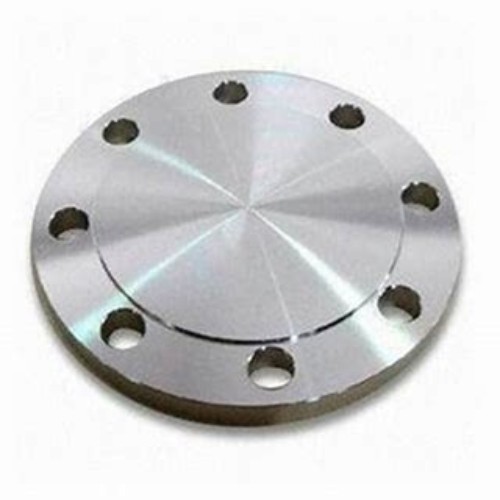Water Conservation Through Effective Usage of Reducing Valves for Optimal Flow Management
Understanding Water Reducing Valves A Comprehensive Guide
Water reducing valves (WRVs) play a critical role in managing water pressure in various systems, ensuring the efficient and safe operation of plumbing installations. In this article, we will explore the functionality, benefits, applications, and maintenance of water reducing valves, making it clear why they are indispensable in modern water management.
What is a Water Reducing Valve?
A water reducing valve is a mechanical device designed to control and regulate the pressure of water entering a system. It is primarily installed in plumbing systems to reduce high incoming water pressure from the mains to a safe and adequate level for internal use. The main function of the WRV is to protect downstream fixtures and pipes from damage caused by excessive pressure, which can lead to leaks, bursts, and overall system failure.
How Do Water Reducing Valves Work?
Water reducing valves operate using a simple yet effective mechanism. When water enters the valve, it encounters a diaphragm or piston that responds to the pressure exerted by the incoming flow. The valve is pre-set to a specific pressure level, and when this threshold is exceeded, the diaphragm or piston moves, adjusting the opening of the valve and thereby reducing the flow of water to the desired pressure. This ensures a consistent and stable water pressure downstream, regardless of variations in the supply line.
Benefits of Using Water Reducing Valves
1. Protection of Plumbing Systems One of the primary benefits of WRVs is the protection they provide to plumbing systems. By regulating water pressure, these valves prevent stress and wear on pipes, fixtures, and appliances, significantly reducing the likelihood of leaks or breaks.
2. Water Conservation Another significant advantage is the promotion of water conservation. By controlling pressure, WRVs help to minimize wastage and ensure that water is used efficiently, which is increasingly important in a world facing water scarcity.
3. Improved Fixture Performance High water pressure can adversely affect the performance of faucets, showerheads, and other fixtures. By ensuring a stable pressure level, WRVs enhance the overall performance and longevity of these fixtures.
4. Energy Savings By aiding in the efficient functioning of appliances like dishwashers and washing machines, water reducing valves can contribute to energy savings. They ensure that these devices operate under optimal conditions, which can lead to reduced energy consumption.
Applications of Water Reducing Valves
water reducing valve

Water reducing valves are widely used in residential, commercial, and industrial settings. Here are some common applications
- Residential Plumbing In homes, WRVs are typically installed to manage water pressure from the municipal supply, ensuring safe and comfortable usage throughout the plumbing system.
- Irrigation Systems In agricultural settings, WRVs help regulate pressure for irrigation systems, ensuring consistent water delivery to crops and preventing damage to irrigation equipment.
- Industrial Processes Many industries require precise water pressure for manufacturing and processing. WRVs play a critical role in producing consistent results and maintaining equipment integrity.
Maintenance of Water Reducing Valves
Regular maintenance of water reducing valves is essential to ensure their longevity and optimal performance. Here are some maintenance tips
- Routine Inspections Periodically check the valve for signs of wear, leaks, or damage. Addressing issues early can prevent costly repairs.
- Adjust Pressure Settings Depending on the needs of your system, it may be necessary to adjust the pressure settings of the valve. This should be done with caution and in accordance with the manufacturer's guidelines.
- Cleaning Keeping the valve and its surroundings clean can help prevent the buildup of debris that could affect its performance.
- Professional Servicing Consult a qualified plumber for servicing and repairs, especially if you notice persistent issues related to water pressure.
Conclusion
Water reducing valves are essential components in modern water management systems, offering protection, conservation, and efficiency. Understanding their functionality, benefits, and maintenance can help homeowners and professionals alike optimize their systems and ensure a sustainable approach to water usage. Whether in a residential setting or an industrial application, the importance of water reducing valves cannot be overstated, making them a key element in the quest for effective water management.
-
The Key to Fluid Control: Exploring the Advantages of Ball Valves in Industrial SystemsNewsJul.09,2025
-
The Versatile World of 1, 2, and 3 Piece Ball ValvesNewsJul.09,2025
-
Stainless Steel Ball Valves: The Ideal Choice for Efficient Flow ControlNewsJul.09,2025
-
Optimizing Fluid Control with Ball Float ValvesNewsJul.09,2025
-
Manual Gate Valves: Essential for Control and EfficiencyNewsJul.09,2025
-
Everything You Need to Know About Butterfly ValvesNewsJul.09,2025
-
The Versatility of Wafer Type Butterfly ValvesNewsJul.08,2025




